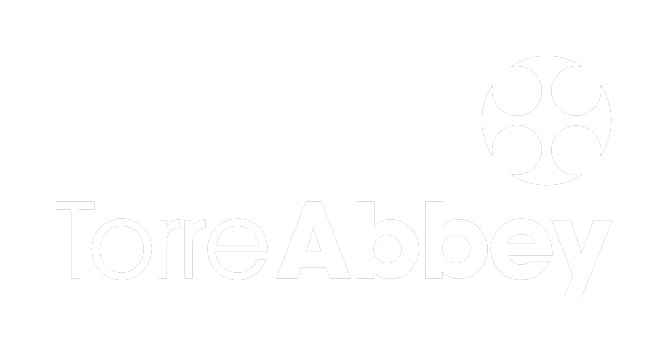The Entrance Hall
Portrait of Elizabeth Rowe in Carrara marble by Lorenzo Bartolini
Inside the Museum's front doors is a beautiful Carrara marble half-length bust of Elizabeth Williams Johnson who married James John Rowe in Marylebone, London on the 9th September 1823. Her husband became the rector of St Mary Arches in Exeter in the 1840s. This sculpture is unsigned and until December 2021 we knew nothing about its maker.
Bartolini was born near Prato, Tuscany. After studying at the Florentine Academy of Fine Arts he gained a reputation as a modeler in alabaster. He went to Paris in 1797, where he studied painting and afterward sculpture. The bas-relief Cleobis and Biton, with which he won the second prize of the Academy in 1803, established his fame as a sculptor and gained for him a number of influential patrons including Napoleon Bonaparte.
The discovery of a Bartolini in the entrance hall of the Museum is quite a find. He is regarded as one of the most important early 19th-century sculptors and this is a quite fine example of his work.
Find out more in the article below.
Read More 


Carrara marble statue of Esmeralda by Pasquale Romanelli
Opposite Bartolini's half-length bust is another Carrara marble statue of Esmeralda a fictional character in Victor Hugo's 1831 novel The Hunchback of Notre-Dame (or Notre Dame de Paris). She is a French Roma girl who constantly attracts men with her seductive dances, and is often seen with her clever goat Djali.
This sculpture is by another Italian artist Pasquale Romanelli (1812 - 1887) who was the apprentice of Lorenzo Bartolini. The coincidence of these two sculptures (only a few feet apart) is purely accidental, but we have both the master and his apprentice together in our entrance.
Our Esmeralda was sculpted in 1863, at this time Romanelli opened an art gallery on the Lungarno Acciaiuoli where completed works could be sold directly to the public. Mrs Oswold Smith of Paignton gifted the sculpture to the Museum in 1947 but we don't know how she acquired it or how long it might have been in her possession.
It is an exception that a regional Museum like Torquay has the works of two great Florentine artists in our entrance hall.
Find out more in the article below.
Read More 


Waddeton Court Figures
These figures occupied positions on the walls of the dining hall of Waddeton Court, Stoke Gabriel, Devonshire, and were found covered with white-wash in a cellar when the ancient manor-house was rebuilt by Henry Studdy about the year 1840. After the sale of the Court in 1915, the owner Colonel R. W. Studdy, J.P., deposited the figures on loan in this Museum and in 1922 they were finally presented to the Torquay Natural History Society by Miss V. E. Wills.
The male figures undoubtedly are intended to represent the nine Worthies of the World - three Paynims, three Jews and three Christian men, namely, Hector of Troy, Julius Caesar, Alexander the Great, David King of Jerusalem, Judas Maccabaeus, Duke Joshua, King Arthur, Charlemagne and Godfrey de Bouillon. The tenth male figure is possibly one of the four Cardinal Virtues, i.e. Justice.
The female figures represent the three Theological Virtues Faith, Hope and Charity and three of the four Cardinal Virtues Fortitude, Temperance and Prudence.
The description and identification of the figures has been fully considered in Devon and Cornwall Notes and Queries, Vol. XII, pages 18 - 21 and 120 - 127.
Read More 


Support Torquay Museum
Did you know that whenever you buy anything online – from your weekly shop to your annual holiday – you could be raising free donations for Torquay Museum with easyfundraising? Find out how!
Stay Connected with Our Newsletter
Be the first to hear our latest news by signing up to our newsletter. Also don't forget to follow us on social media - @torquaymuseum.















